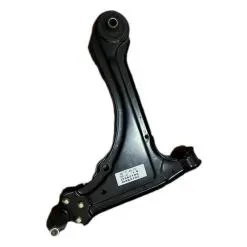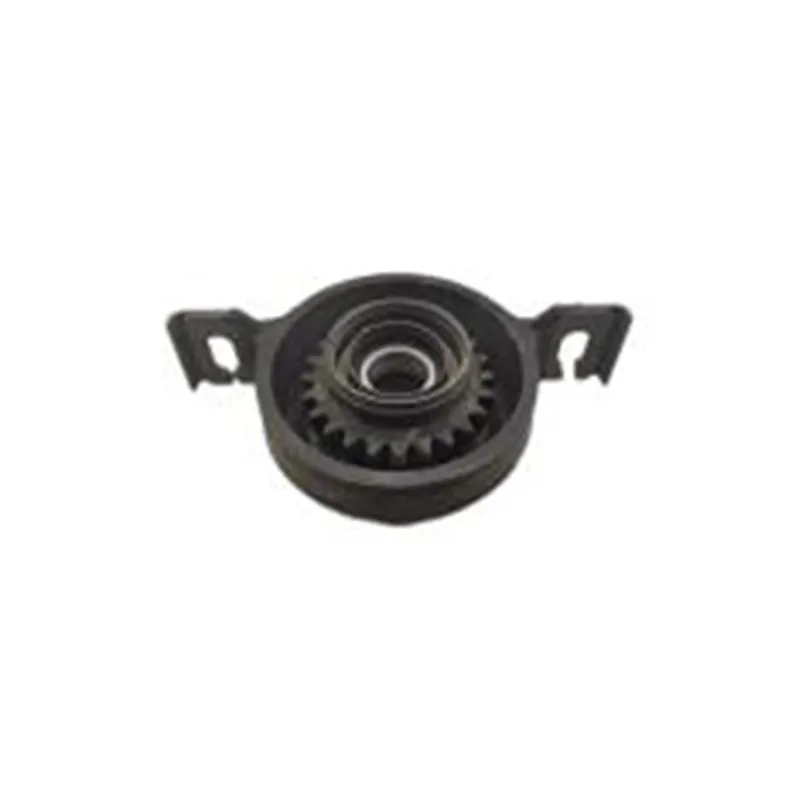
-
 Afrikaans
Afrikaans -
 Albanian
Albanian -
 Amharic
Amharic -
 Arabic
Arabic -
 Armenian
Armenian -
 Azerbaijani
Azerbaijani -
 Basque
Basque -
 Belarusian
Belarusian -
 Bengali
Bengali -
 Bosnian
Bosnian -
 Bulgarian
Bulgarian -
 Catalan
Catalan -
 Cebuano
Cebuano -
 Corsican
Corsican -
 Croatian
Croatian -
 Czech
Czech -
 Danish
Danish -
 Dutch
Dutch -
 English
English -
 Esperanto
Esperanto -
 Estonian
Estonian -
 Finnish
Finnish -
 French
French -
 Frisian
Frisian -
 Galician
Galician -
 Georgian
Georgian -
 German
German -
 Greek
Greek -
 Gujarati
Gujarati -
 Haitian Creole
Haitian Creole -
 hausa
hausa -
 hawaiian
hawaiian -
 Hebrew
Hebrew -
 Hindi
Hindi -
 Miao
Miao -
 Hungarian
Hungarian -
 Icelandic
Icelandic -
 igbo
igbo -
 Indonesian
Indonesian -
 irish
irish -
 Italian
Italian -
 Japanese
Japanese -
 Javanese
Javanese -
 Kannada
Kannada -
 kazakh
kazakh -
 Khmer
Khmer -
 Rwandese
Rwandese -
 Korean
Korean -
 Kurdish
Kurdish -
 Kyrgyz
Kyrgyz -
 Lao
Lao -
 Latin
Latin -
 Latvian
Latvian -
 Lithuanian
Lithuanian -
 Luxembourgish
Luxembourgish -
 Macedonian
Macedonian -
 Malgashi
Malgashi -
 Malay
Malay -
 Malayalam
Malayalam -
 Maltese
Maltese -
 Maori
Maori -
 Marathi
Marathi -
 Mongolian
Mongolian -
 Myanmar
Myanmar -
 Nepali
Nepali -
 Norwegian
Norwegian -
 Norwegian
Norwegian -
 Occitan
Occitan -
 Pashto
Pashto -
 Persian
Persian -
 Polish
Polish -
 Portuguese
Portuguese -
 Punjabi
Punjabi -
 Romanian
Romanian -
 Russian
Russian -
 Samoan
Samoan -
 Scottish Gaelic
Scottish Gaelic -
 Serbian
Serbian -
 Sesotho
Sesotho -
 Shona
Shona -
 Sindhi
Sindhi -
 Sinhala
Sinhala -
 Slovak
Slovak -
 Slovenian
Slovenian -
 Somali
Somali -
 Spanish
Spanish -
 Sundanese
Sundanese -
 Swahili
Swahili -
 Swedish
Swedish -
 Tagalog
Tagalog -
 Tajik
Tajik -
 Tamil
Tamil -
 Tatar
Tatar -
 Telugu
Telugu -
 Thai
Thai -
 Turkish
Turkish -
 Turkmen
Turkmen -
 Ukrainian
Ukrainian -
 Urdu
Urdu -
 Uighur
Uighur -
 Uzbek
Uzbek -
 Vietnamese
Vietnamese -
 Welsh
Welsh -
 Bantu
Bantu -
 Yiddish
Yiddish -
 Yoruba
Yoruba -
 Zulu
Zulu
Adjusting Lower Control Arms for Enhanced Vehicle Performance and Stability
The Role of Lower Control Arms in Automotive Performance
The lower control arms (LCAs) are essential components of a vehicle’s suspension system, playing a critical role in maintaining stability and handling. Often overlooked during casual discussions about car performance, these components are vital for the overall operation of the vehicle. Understanding their function and how they contribute to driving dynamics provides insight into automotive engineering and performance tuning.
Lower control arms are primarily responsible for connecting the vehicle's chassis to the wheel assembly. They allow for controlled movement of the wheels during suspension travel, absorbing shocks and bumps from the road while also maintaining proper wheel alignment. This functionality is crucial for improving ride quality and ensuring that the vehicle remains stable during various driving conditions.
The Role of Lower Control Arms in Automotive Performance
One of the notable aspects of lower control arms is their design and materials. Depending on the vehicle and its intended use, LCAs can be constructed from various materials such as stamped steel, aluminum, or composite materials. Performance-oriented vehicles may utilize lightweight materials like aluminum to reduce weight, which in turn can enhance acceleration and fuel efficiency. However, strength and durability are also crucial, so manufacturers often balance weight savings with the need for robust construction.
lower control arms car

Moreover, the geometry of lower control arms can significantly affect the vehicle’s handling characteristics. For instance, modification of the arm length alters the camber angle during suspension travel, impacting how the tires make contact with the road. Automotive enthusiasts often modify LCAs as part of performance upgrades to achieve desired handling characteristics, especially in racing scenarios where precision is paramount.
Regular inspection and maintenance of the lower control arms are essential for ensuring optimal vehicle performance. Worn or damaged control arms can lead to issues such as misalignment, excessive tire wear, and compromised handling capabilities. Symptoms of failing lower control arms include clunking noises during driving, uneven tire wear, or a noticeable decrease in ride comfort. Addressing these issues promptly can prevent further damage to the suspension system and maintain the vehicle's performance.
Installing aftermarket lower control arms is a popular modification among car enthusiasts. These upgrades often feature improved designs that enhance rigidity and may allow for adjustable settings to fine-tune the vehicle's suspension characteristics. Performance-oriented control arms can provide better feedback and responsiveness during aggressive driving conditions, making them appealing for track days and spirited drives on twisty roads.
In summary, lower control arms are more than just a fundamental part of a vehicle's suspension system; they are the unsung heroes that significantly impact ride quality, handling, and overall vehicle performance. Whether in daily driving scenarios or high-performance applications, these components play a crucial role. Understanding their function and potential for modification can help drivers make informed decisions about their vehicles and improve their driving experiences. Investing time in learning about lower control arms and their maintenance can lead to safer and more enjoyable rides on the road. Whether you're a casual driver or a passionate automotive enthusiast, appreciating the importance of these components can enhance your understanding of vehicle dynamics and performance tuning.
-

 English
English
 Afrikaans
Afrikaans
 Albanian
Albanian
 Amharic
Amharic
 Arabic
Arabic
 Armenian
Armenian
 Azerbaijani
Azerbaijani
 Basque
Basque
 Belarusian
Belarusian
 Bengali
Bengali
 Bosnian
Bosnian
 Bulgarian
Bulgarian
 Catalan
Catalan
 Cebuano
Cebuano
 Corsican
Corsican
 Croatian
Croatian
 Czech
Czech
 Danish
Danish
 Dutch
Dutch
 Esperanto
Esperanto
 Estonian
Estonian
 Finnish
Finnish
 French
French
 Frisian
Frisian
 Galician
Galician
 Georgian
Georgian
 German
German
 Greek
Greek
 Gujarati
Gujarati
 Haitian Creole
Haitian Creole
 Hausa
Hausa
 Hawaiian
Hawaiian
 Hebrew
Hebrew
 Hindi
Hindi
 Miao
Miao
 Hungarian
Hungarian
 Icelandic
Icelandic
 Igbo
Igbo
 Indonesian
Indonesian
 Irish
Irish
 Italian
Italian
 Japanese
Japanese
 Javanese
Javanese
 Kannada
Kannada
 Kazakh
Kazakh
 Khmer
Khmer
 Rwandese
Rwandese
 Korean
Korean
 Kurdish
Kurdish
 Kyrgyz
Kyrgyz
 Lao
Lao
 Latin
Latin
 Latvian
Latvian
 Lithuanian
Lithuanian
 Luxembourgish
Luxembourgish
 Macedonian
Macedonian
 Malgashi
Malgashi
 Malay
Malay
 Malayalam
Malayalam
 Maltese
Maltese
 Maori
Maori
 Marathi
Marathi
 Mongolian
Mongolian
 Myanmar
Myanmar
 Nepali
Nepali
 Norwegian
Norwegian
 Norwegian
Norwegian
 Occitan
Occitan
 Pashto
Pashto
 Persian
Persian
 Polish
Polish
 Portuguese
Portuguese
 Punjabi
Punjabi
 Romanian
Romanian
 Russian
Russian
 Samoan
Samoan
 Scottish Gaelic
Scottish Gaelic
 Serbian
Serbian
 Sesotho
Sesotho
 Shona
Shona
 Sindhi
Sindhi
 Sinhala
Sinhala
 Slovak
Slovak
 Slovenian
Slovenian
 Somali
Somali
 Spanish
Spanish
 Sundanese
Sundanese
 Swahili
Swahili
 Swedish
Swedish
 Tagalog
Tagalog
 Tajik
Tajik
 Tamil
Tamil
 Tatar
Tatar
 Telugu
Telugu
 Thai
Thai
 Turkish
Turkish
 Turkmen
Turkmen
 Ukrainian
Ukrainian
 Urdu
Urdu
 Uighur
Uighur
 Uzbek
Uzbek
 Vietnamese
Vietnamese
 Welsh
Welsh
 Yiddish
Yiddish
 Yoruba
Yoruba
 Zulu
Zulu
 Bantu
Bantu






